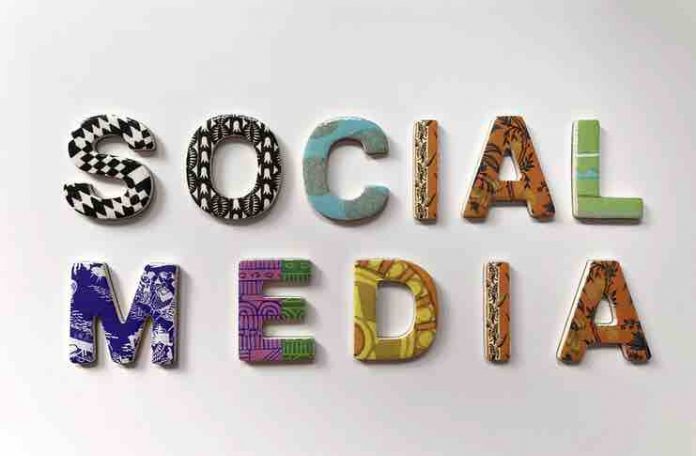
According to the World Health Organization, the worldwide pandemic caused by the coronavirus led to the continuous spread of a series of physical and mental health problems around the world. The pandemic has evoked massive health and economic crisis, which affected most of the world and our everyday lives. On a board level, digital and traditional media can raise a sense of unity and belongingness in audiences by reaching a large number of them.
This type of communication includes information sources like social networks, websites, email newsletters, texting, contact with audio and video formats, blogs, etc. The social network use technologies based on social aspects. The applications focus on communication and media of interaction and become more and more popular, especially during a pandemic. So while some businesses suffer because of the virus’s spread, demand on social media and economic activities related to it increases, people more frequently order food and shop online, and are more engaged in social media posts, thus online advertisers have a bigger chance to reach the more significant part of their potential customers. However, to achieve rapid growth in social media followers, you can address additional services outside your company with companies like StreamOZ. It’s a safe platform that helps companies to gain bigger exposure to bigger audiences, on social media.
Social Media was used Positively and Negatively During The Pandemic
During the pandemics’ restrictions, which included physical distancing, and lockdowns, the role of social media increased. However, it also facilitated the distribution of false information and hate speeches. On the bright side, during the pandemic, people could use social media’s advantages and modern technologies to increase the public’s awareness about safety measures. The advantage of social media is that it had some positive impact during the COVID-19, as it distributed tips and assisted individuals in dealing with mental issues as well, such as depression, anxiety, and loneliness invoked by social distancing. With social media’s aid, governments managed to raise and correct the public’s awareness; moreover.
Misinformation Is Dangerous
As mentioned above, social media helps in spreading misinformation. The same happened during the pandemic. Some people who see it might think that it’s truthful and have a severe reaction. Fake news on the internet is already a problem, as most users do not check for sources and tend to believe everything that has a considerable response on social media.
Moreover, during the pandemic, all of this was aggravated by the fear factor, as people are even less likely to check the news sources because of the fear factor, start to panic and share this false information even further. This misinformation may contain not only health and risk-related data but also conspiracy theories about the virus’s origin. Something like if it was created by China and then spread around the world deliberately, and some people would believe it.
However, this kind of reaction to false information is predictable because in situations like this, when disasters, diseases, or other types of emergencies take place, people come up with vital questions. They are scared and require answers immediately and believe the first, even unverified, information they received. The measures are taken to show why people should be held accountable for what they say on social media. As a result, to avoid any kind of miscommunication, official claims are written and published with high accuracy to prevent public misinterpretation.
The Problem With Misinformation
Another term for false information that has been spread during the pandemic is “infodemic,” it’s brought in by WHO as its officials consider that misinformation could even speed up the epidemic process by influencing and misinterpreting social response. Moreover, the news flow led by such information changes the way information is consumed and reacted to. So, information distribution can influence public behavior and delay the successful results of measures implemented by official groups.
How Social Media Websites Fed The Infodemic
Social media networks, for instance, Facebook, YouTube, and Twitter grant public access to unverified content and may help spread rumors and doubtful data. This social phenomenon is expectable as these websites have algorithms that filter users’ preferences and data related to their history and searches, thus offering them the same type of content. Accordingly, false information may be shared the same way. In sum, it influences policy-making and communication processes, brings controversial data in debates, and hinders progression related to the real problem. Moreover, people usually tend to focus attention on information that corresponds to their already formed opinions and views and ignore the rest. Moreover, if delivered faster, inaccurate information may proliferate quicker and reach more people than verified data from authentic sources.
Want to read more of our latest posts? Check out our post about the potential risks you’ll need to take when starting a franchise business.
Danella Yaptinchay is the managing director of Full Suite, a service company providing back end support to small businesses. She is a cofounder of Co.lab, a coworking space, and of the media company Homegrown.ph. In constant pursuit of balance and self-development, she tries to apply the practices of yoga to her daily life.




